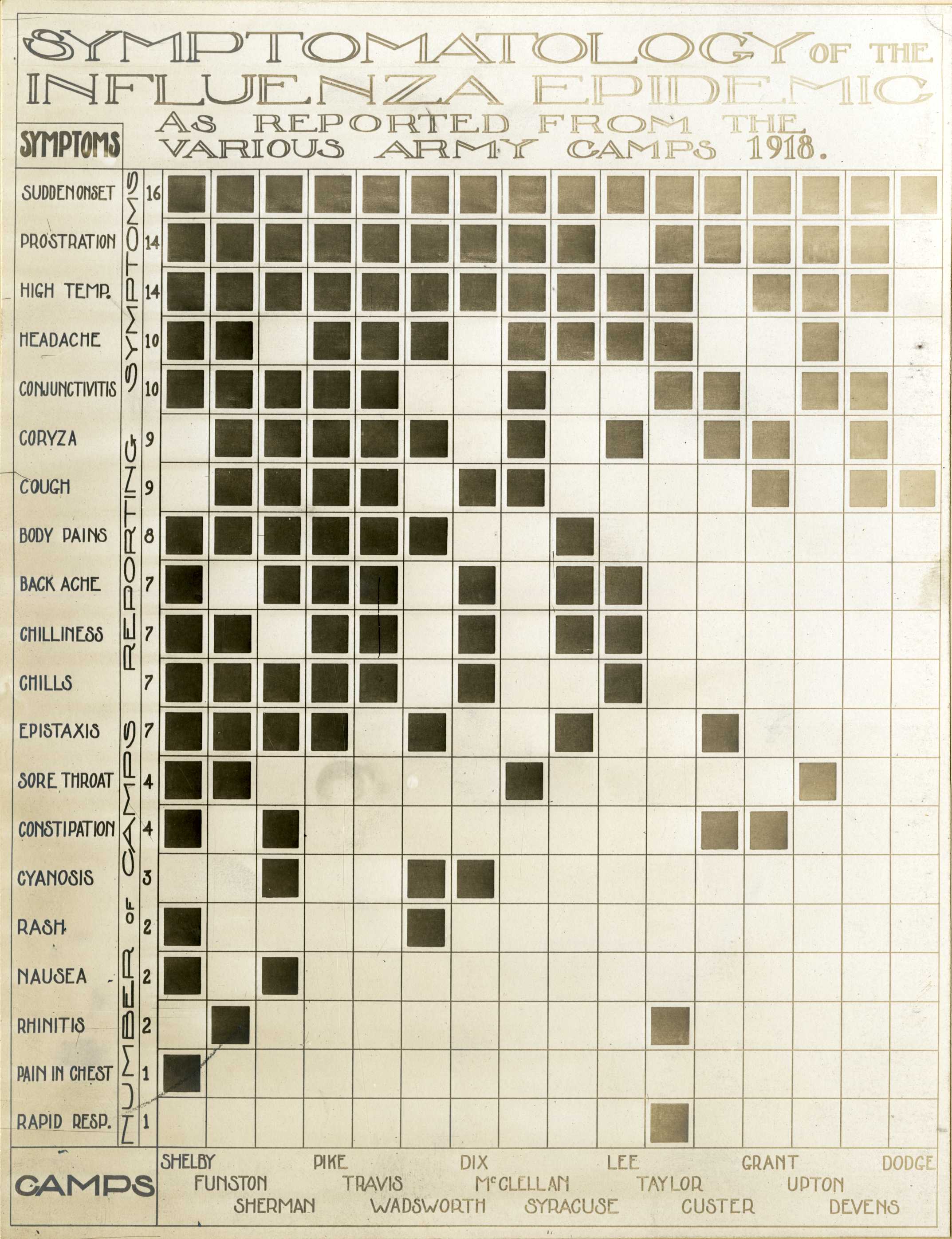
Photo from academic.microsoft.com
Digital PCR (dPCR) has been adapted to quantify the proportion of mitochondrial DNA (mtDNA) molecules without and with double‐strand DNA breaks (DSBs). This is based on a break‐apart approach of… Click to show full abstract
Digital PCR (dPCR) has been adapted to quantify the proportion of mitochondrial DNA (mtDNA) molecules without and with double‐strand DNA breaks (DSBs). This is based on a break‐apart approach of two differentially labeled target sequences distantly located in the circular DNA molecule. When the two targets amplify in separated reaction partitions, the original mtDNA molecule should be fragmented by two DSBs at least, each in a different segment between targets. When both targets amplify in the same partition, it must correspond to a circular or linear mtDNA molecule. These two possibilities may be distinguished through a restriction endonuclease (RE) induced unique DSB within a DNA segment between the targets. After RE‐digestion, separation of both target signals in different partitions must indicate the presence of a previous linear mtDNA molecule. Otherwise, joint amplification in the same partition would correspond to an initial circular mtDNA that has been linearized by the endonuclease. The procedure was validated by assaying different proportions of mtDNA fragmented by in vitro digestion with REs, evidencing a perfect accordance between the expected theoretical values and dPCR quantification. Samples from peripheral blood cells, cellular and extracellular DNA from the U2OS cell line, as well as cells incubated with ethidium bromide to induce mtDNA depletion, were evaluated. The technique may be of interest to complement the studies of mtDNA in relation to aging and human disease, as well as to assess possible adverse effects of certain drugs that could be related to affectation of mtDNA.
Journal Title: Environmental and Molecular Mutagenesis
Year Published: 2021
Link to full text (if available)
Share on Social Media: Sign Up to like & get
recommendations!